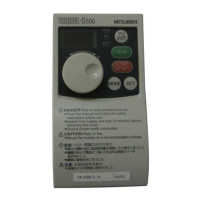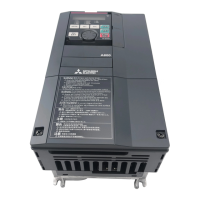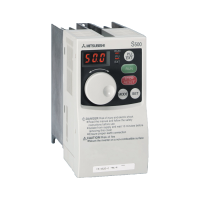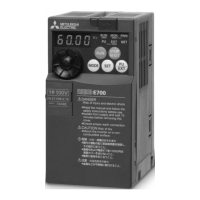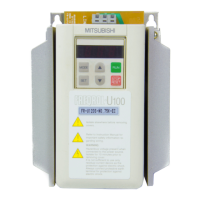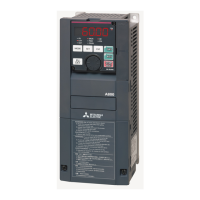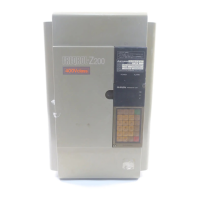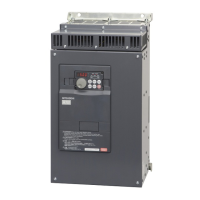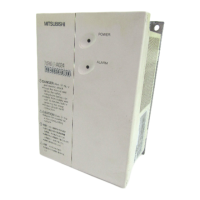PROTOCOL-SPECIFIC INFORMATION
class code is 0xA2. The instance number is the targeted register number (refer to section 4.1). The
attribute identifier is 1, which is the 16-bit value of the register being accessed.
For example, a get attribute single request with a class code of 0xA2, instance number of 201, and
attribute identifier of 1 will return the 16-bit value of the output frequency.
9.2.8 Explicit Messaging Via Data Table Read/Write Services
Data table read (0x4C) and data table write (0x4D) services provide a direct method of accessing the
inverter registers by reference to “tag names”. Tags are read via the EtherNet/IP “data table read”
service, and written via the EtherNet/IP “data table write” service. Note that an underscore (“_”) is used
to separate fields in the tag names.
To read data, the client must reference a starting “source element” and the “number of elements” to
read. Similarly, to write data, the client must reference a starting “destination element” and the “number
of elements” to write. The “number of elements” can be any quantity from 1 to the maximum allowable
length, while the “source element” and “destination element” must be tag names constructed according
to the naming conventions shown in section 9.2.9. The elements are 16-bit values.
9.2.9 Inverter Register Access Tag Format
Any inverter register (refer to section 4) can be accessed with its own unique tag name, or an array tag
can be used to access a group of registers with one PLC instruction. Tag names are generated
according to the following structure:
[reg]_[register number]
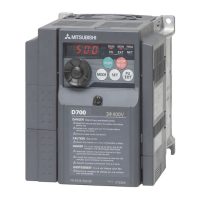
